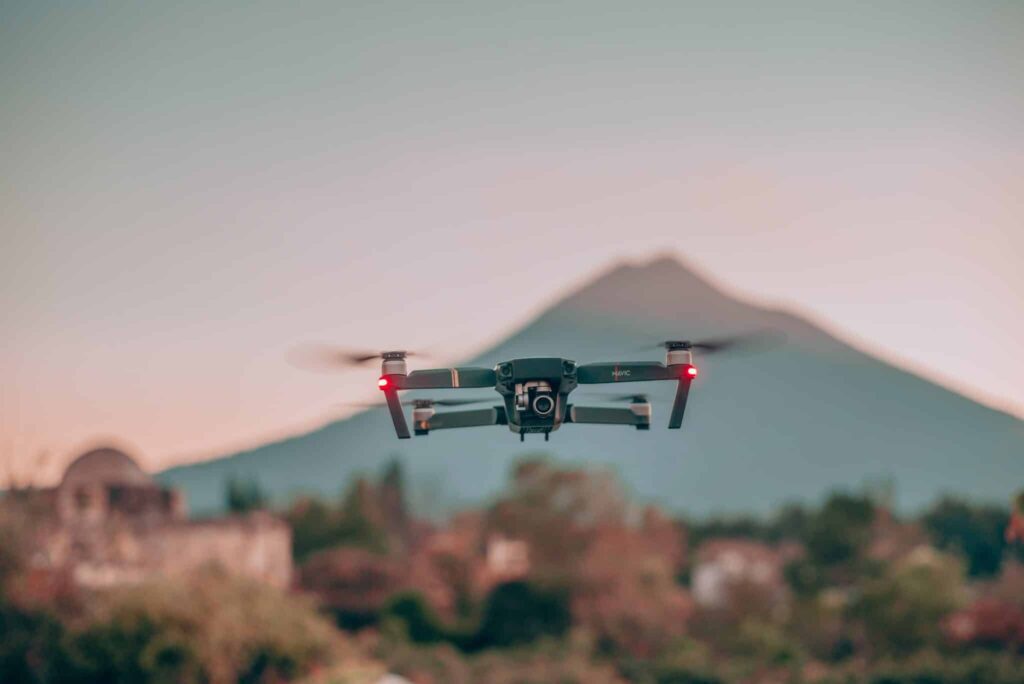[ad_1]
Of all the prefectures of the northern Tohoku region, Fukushima Prefecture has arguably had the hardest time in the post-2011 reconstruction. Beyond physical destruction, its reputation has also suffered, owing to misunderstandings in the aftermath of the accident at TEPCO’s Fukushima Daiichi nuclear plant.
But like other places in the Tohoku, Fukushima survives regardless, and continues to reinvent and renew itself. One interesting recent addition to this is the Fukushima Robot Test Field, in the city of Minamisōma.
It’s strange timing for me, as a former Tohoku resident, writing this article about a robot test field in Fukushima. In an unintentional case of art imitating life, my upcoming novel Confluence: A Person-Shaped Story is set in neighboring Miyagi Prefecture and features cyborgs that run a test range in Shiogama, albeit one which develops autonomous technologies primarily for the Self-Defense Forces. So I’m keenly interested in this real-world test field and what it promises for Fukushima’s future. Here, we bring you up to speed on this visionary project.
New Dreams from the Ruins
The area surrounding Minamisōma is likely what most people outside of Japan are thinking of when they hear the name “Fukushima.” Located just north of the ill-fated Fukushima Number One nuclear plant, its recovery has been rocky because of its proximity to that plant.
Those who recall the aftermath of the March 2011 triple disaster may remember a mayor in Fukushima taking to YouTube to tell the world of how his city had been abandoned. This was Minamisōma’s then-mayor Sakurai Katsunobu.
In the decade since then, some semblance of normalcy has returned, along with a raising of the ground and the construction of a massive seawall on the coast. But revitalization of business, and new development, has lagged. The Robot Test Field is one project of the Fukushima Innovation Coast Framework, an initiative that aims to change this.

The Framework turns the Hamadōri (coast Fukushima) region’s misfortune into a series of research sites in which natural and nuclear disasters can be studied, safety protocols improved, and in the RTF’s case, new tools developed and tested.
The RTF’s homepage explains the Framework as follows.
The Fukushima Innovation Coast Framework is aiming to restore industries in the coastal region of Fukushima which were lost due to the Great east Japan Earthquake and nuclear disaster. It also incorporates a national project which seeks to build a new industrial base in the region.
Under the framework, we are working on industrial clustering, human resource development, and expansion of migrant population dynamics, as well as promoting the implementation of projects such as relating to nuclear reactor decommissioning, robotics, energy development, agriculture, forestry, and fisheries industries.
It’s a bold, far-reaching endeavor for the hard-hit region, and the COVID-19 pandemic has set it back. But it continues to progress. Indeed, at the RTF, the drones are already flying.
Getting to know the RTF
The RTF’s basic principle is: “‘[t]o contribute to the realization of a safe and prosperous society through the integration of robots into society.” Suzuki Shinji, the RTF site’s director, further introduces its role and purpose as follows:
The Fukushima Robot Test Field (RTF) had been developed in line with the Fukushima Innovation Coast Framework and was fully opened in March 2020 as a key base for the development and demonstration of field robots (land, sea, and air), including unmanned aerial vehicles, disaster response robots, and underwater exploration robots.
The RTF site, in Minamisōma’s Haramachi Ward, is expansive. A 500-meter runway for aviation drones is paired with a slightly smaller airfield at a satellite facility in Namie, further south.
Between these two airfields, the facility tests collision avoidance, general flight control, and long-distance flight control for airborne drones in development there. A netted-off enclosure, technically exempt from Japanese aviation law, allows for convenience in testing object dropping from airborne drones.
Elsewhere, there are underwater and maritime robot facilities for underwater infrastructure inspection and disaster response. Infrastructure inspection and disaster response robot facilities include a bridge and a tunnel, and a small reproduction of an urban zone including a residential intersection.
Airborne drones as well as disaster-response and infrastructure inspection drones aren’t the only things in development at the RTF. The site is also contributing to work aimed at building passenger drones for regional and urban use by 2030. Working animals also train on-site. And in a move that suggests serious interest in building good relations with the general public, the site has been host to cosplay photoshoots as well!

Continuing a Tradition
As a historian of the Tohoku region, I would be remiss if I didn’t set this into a broader context for your benefit. It isn’t just open space for building, and visionary purpose in development, that makes the Test Range’s location fitting. In another sense, it continues a proud tradition in Minamisōma.
The city, once part of Sōma-Nakamura domain during the Edo period, was in an area full of people known for their horsemanship and horse training. This is a tradition that continues today in the Sōma Nomaoi festival, which we covered in a prior article about Tohoku folk traditions.
Drones are not quite the sort of conveyance that a horse is, of course. But like this new generation of drones, horses, and people who were skilled in riding and caring for them, would’ve been indispensable to disaster response in the Sōma domain’s days.
In light of climate change bringing wilder weather and more frequent natural disasters, we look forward with curiosity to where the RTF will take its endeavors and its work on sharpening drones and their capability for Japan and the world at large.
Sources
[ad_2]
Source link



